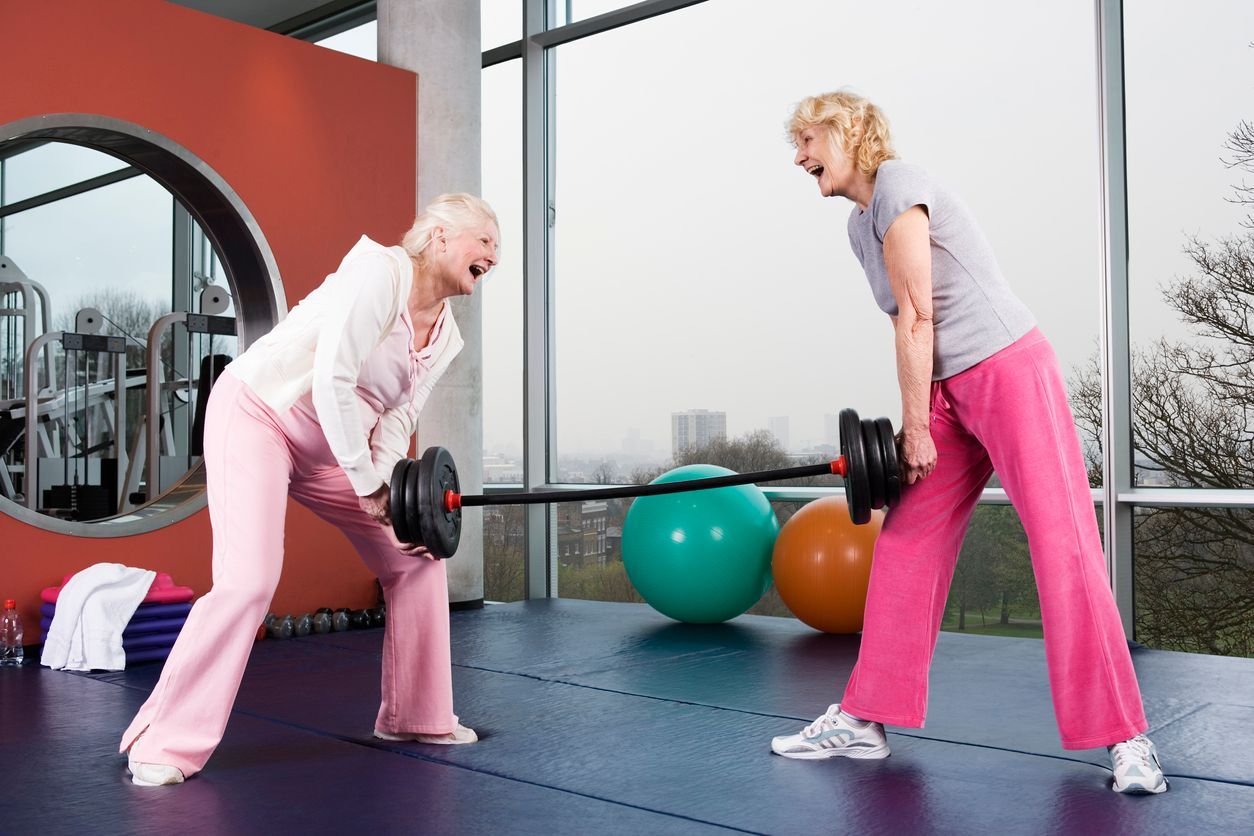Stronger muscle and bone help us to keep mobile, avoid falling, and stay living independently. But strength also improves the function of other key organs.
Our heart and brain, for example.
For a long time, when we talked about fitness we meant cardio or aerobic exercise — walking, running, cycling, dancing, swimming, and so on. We described them as ‘cardio’ because they were good for our heart. They still are.
But more recently it’s been recognised that resistance (or strength) training also benefits the heart and blood vessels.
At the end of last year, the American Heart Association published a statement declaring that resistance exercise has a positive effect on cardiovascular disease and risk factors because it can improve blood pressure, blood sugar, cholesterol, and body composition (i.e. it gives us more muscle and less fat).
(Be mindful that the difference it makes to cholesterol is likely to be positive but not dramatic, so don’t assume it’ll be a magic solution to your numbers.)
There’s also a strong argument for combining resistance and aerobic training as the best exercise approach to address obesity, diabetes, and high cholesterol, in comparison with just one or the other.
Combining the two also seems to be valuable for our brains.
A study on men and women in their 80s and 90s showed that people who said they did a combination of strength and cardio exercise performed better on mental agility tests than those who did just cardio or didn’t exercise.
I wouldn’t read too much into that because for all we know the people with sharper minds were more likely to do more exercise, rather than resistance exercise improving their brain function.
But watch this space because researchers are exploring this area more.
Cardio alone is certainly more brain-friendly than not exercising, and 4000 steps (or a moderate half-hour) is enough to make a difference.
Resistance training perks up our body function by increasing blood flow, helping get rid of old worn-out cells, reducing inflammation, and improving the health of the blood vessels and mitochondria (the parts of our cells that produce energy).
A team of scientists from Canada, the US and the UK who’ve been looking at this link between exercise, muscle and the brain argue that the critical predictor of how well our brain works with age is neuromuscular function.
That refers to the way our nerves and muscles work together. Muscles can’t move by themselves; they need the nerves to send signals to the brain, which then tells the muscles to contract and move.
So exercise that builds strength and power tunes up our neuromuscular function.
Walking is the favourite exercise of Australian women and for good reason, so let’s keep doing it.
But if you don’t already do any resistance exercise, you might want to look at how to add this to your regime.
By now we probably all appreciate that we’re losing muscle and bone from the time our bodies so much as think about menopause, and ageing well depends on our ability to retain as much of both tissues as we can. Strength training is key to that.
If you’re setting out on your strength journey, gentler forms of exercise such as yoga can get you started (think downward dog or the plank pose in sun salutation). But yoga’s not enough to build muscle or bone.
If you’re diligent enough to exercise at home, you can move on to bodyweight exercises including push ups (start by using the kitchen bench) or squats. You could also include them on your walk.
If you buy some modest equipment such as bands and dumbbells you can build your repertoire.
Another option is Pilates, which provides resistance via springs. Or you can go the whole hog and join a gym. Ultimately, you can do stronger work in a gym than a Pilates studio, but go with what you enjoy.
Often, what gets us looking in this direction is learning that our bone density is low. And that’s a valid reason.
But the point I’m making here is that resistance training deserves a place in every older woman’s life, one way or another, because as important as it is to build muscle and bone, we’re learning that this type of exercise does far more than that.

